TNgineers - 2024 In Review
Hey friends, and happy new year I hope you all had a lovely break and are ready for the 2025!
Here's a little recap of what I've been up to this past year:
[hr][/hr]
[h2]Personal[/h2]
2024 was the first year of me doing gamedev full-time, for the whole year! It's certainly different to back when I was making APICO on the side of a full-time job (and later freelance work). I feel a lot more pressure that what I make has to be 'good', and by 'good' I mean good enough to pay the rent.
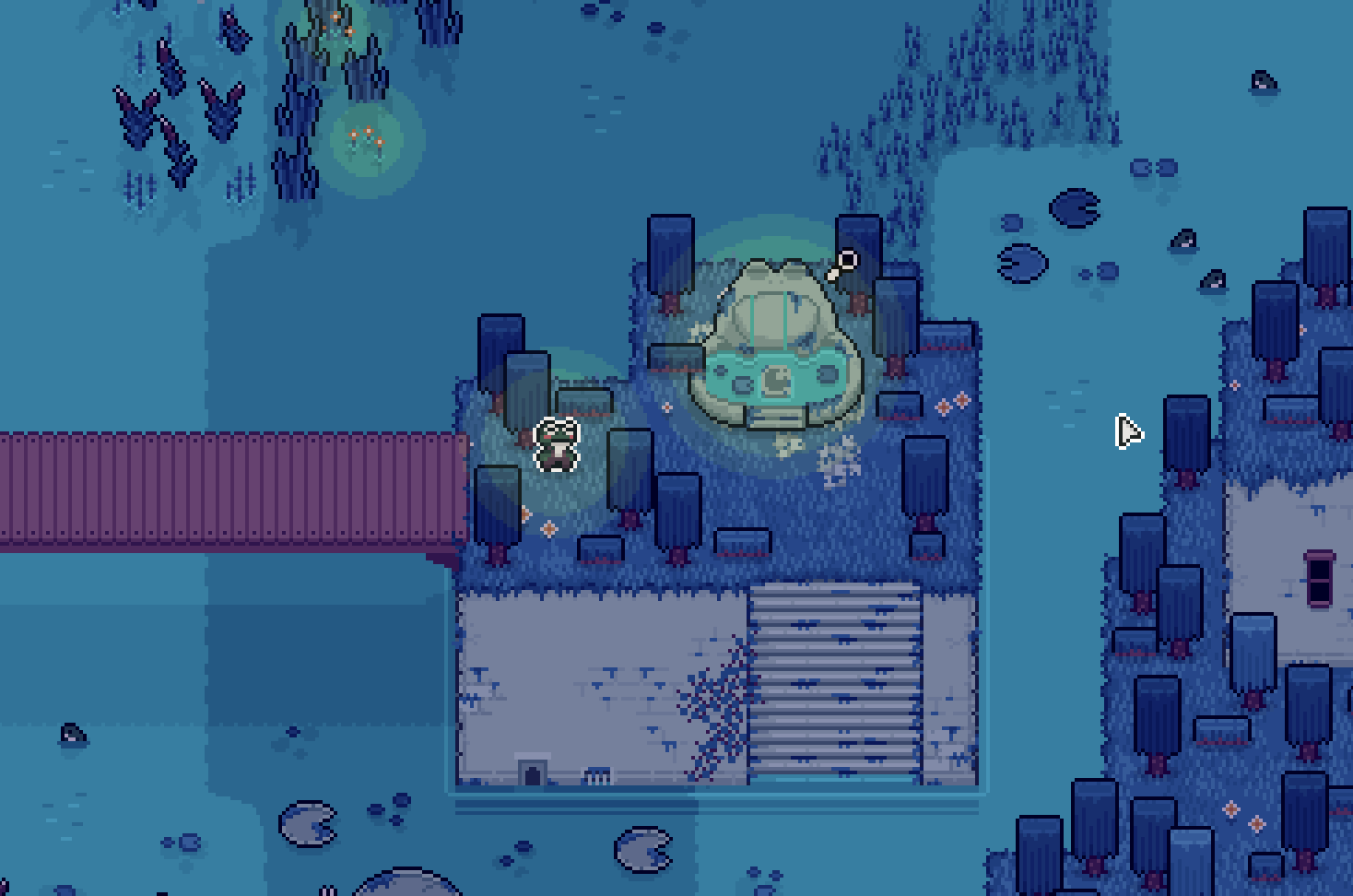
With a lot of APICO's gameplay, I just did what I personally thought would be fun, and the end result is a weird combination of things but those who get it, love it. With Mudborne I've been trying to do the same thing, but I have a lot more worries about certain mechanics or moments that I wouldn't have if it wasn't tied to keeping the lights on.
I can't say I'd ever go back to my old job all the time I can sustain myself making games (the big red date on my whiteboard tells me I have until October 2026 until I run out of money!), but it definitely has been a noticeable change doing art for money instead of hobby.

With APICO done, all the games I'm making are all in my own engine built on top of the LÖVE framework, and it's made things so much quicker to create. At the time of writing Mudborne is very nearly finished up, and it's taken only 8 months in total working full-time on it.
I'd love to get into a place where I can comfortably making a game every year or so, without feeling rushed. I have so many different ideas I'd love to make, and only so much time!

[hr][/hr]
[h2]APICO[/h2]
APICO had it's 3rd and final (sorry) content update, "A Hive Of Industry". This update added a bunch of automation machines, plus a lot of stuff you all asked for, including pets, decoration and a butt-tonne of QoL tweaks.
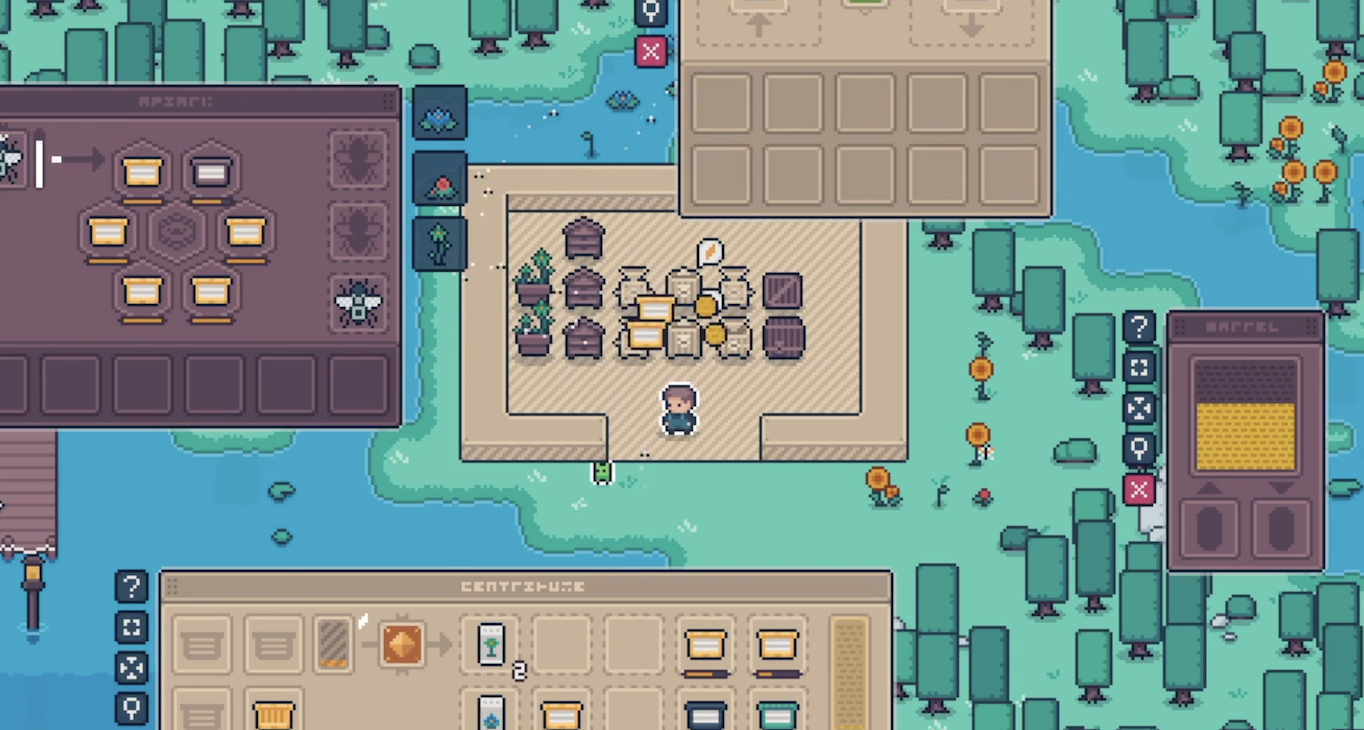
I've also done a few little bug fix patches here and there which I'm sure gave you all a bit of false hope on new content when the download queued!
It was nice to finally 'finish' up APICO - sometimes I wish I never did any of the content updates but I think looking at it now I'm happy with where it ended up, even if it's still a lil janky and bloated and I think all the art looks wack.
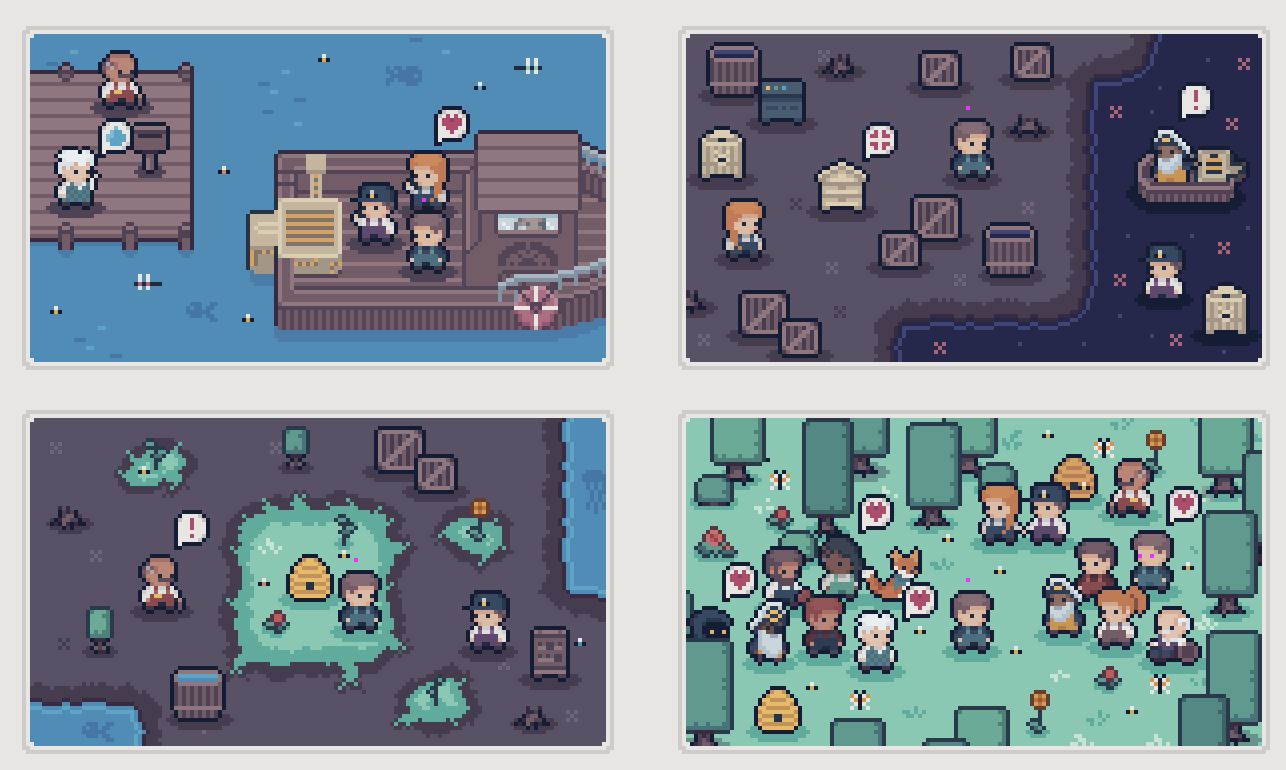
I'd love to come back to it one day, in a seperate game. When I drew up the new credit postcards (above) I had fun invisioning a game where you do go to the mainland and help clean up the environment using your bees. I think it'd be nice to take the same APICO gameplay, streamline some of it and make it all fit better (especially the money making side), and then expand the bees to all have functions in restoring nature.
However I think that'll need to wait a while as I have 2 game children screaming at me to finish, and a bunch of other ideas I want to get started on!
[hr][/hr]
[h2]Synthesis[/h2]
I don't often join gamejams, mostly because of the time limits they have, or I just don't personally have any time - but in 2024 I joined the LÖVE Jam, for games made with the framework.
I was still learning the framework at the time and tinkering with the engine I'd made to create the Snacktorio demo, so I thought it'd be a good opportunity to have a break from the APICO stuff that was getting me down at the time, and learn a bit more of the framework.
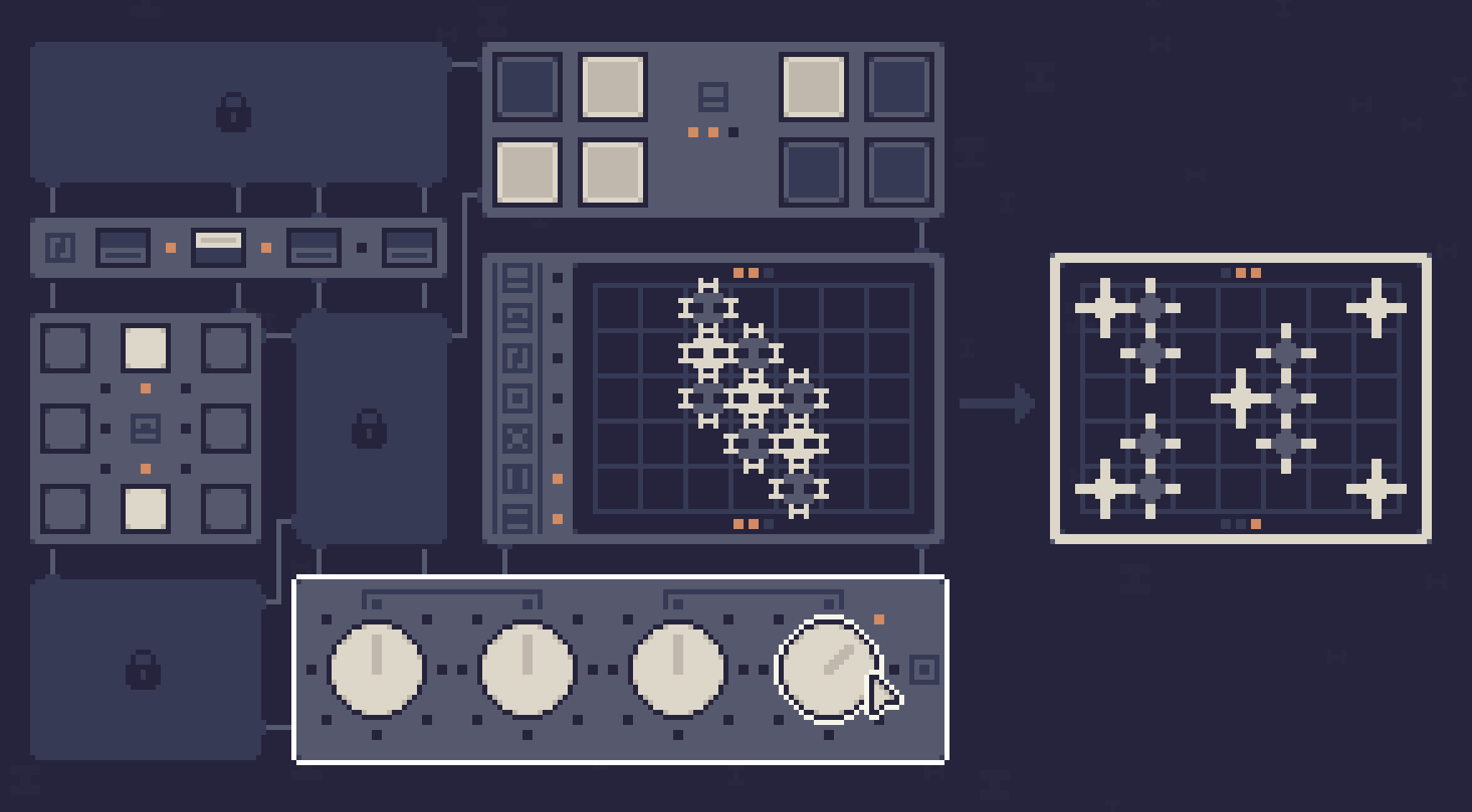
I was really happy with the end result - 'Synthesis'. I wanted to make a puzzle game with different modules like what you get with old patch synthesisers. As you mess with the different modules it changes the patterns drawn until you eventually come across the combination needed to match the required shape.
I also made a point not to ever explain any module's function - you just learn through doing very basic levels and then the rest you just learn overtime by doing. I wanted it to feel very experimenty for the player.

It was really fun to put this together! I had 10 days and pretty much used them all. I also did the music for it because I wanted to start practicing music creation for Mudborne, and was interesting in having the music 'evolve' with the puzzle progress.

I think it'd be cool to revisit one day as a 'full' game, as you could have lots of different module types and interactions, and let players connect modules themselves in different orders which then affects the outcome.
If you want to check out the game you can get it over on itch.io here:
https://ellraiser.itch.io/synthesis
[hr][/hr]
[h2]Mudborne[/h2]
Ah Mudborne, my beloved. I've spent what feels like an eternity working on this game, when it's only been 8 months. I think I've stared at frogs more than I have the real world, but I've enjoyed pretty much every part of it.
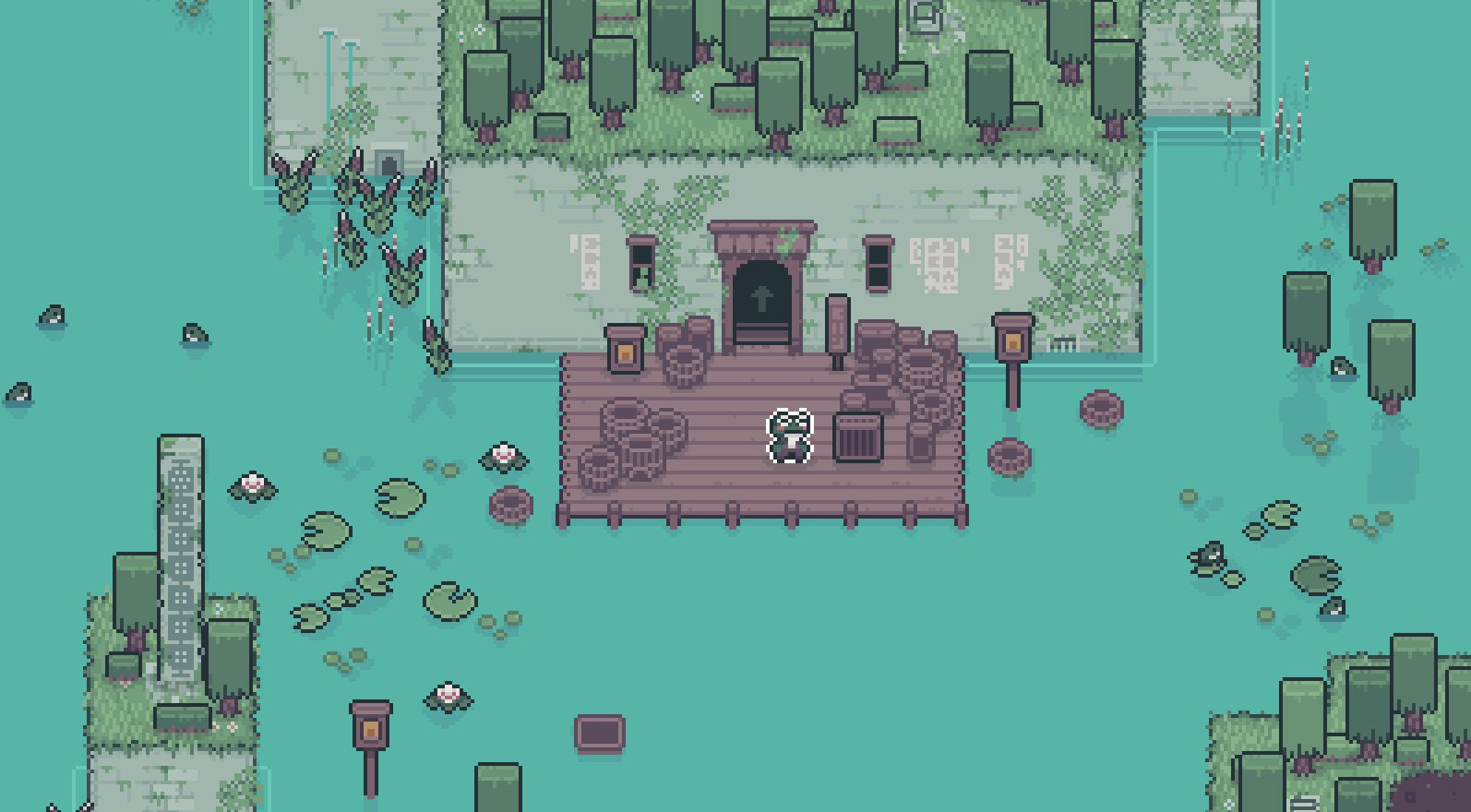
It's been an interesting process, first I did like concept art for the rough game, and worked on all the individual mechanics - then I worked on the actual world development and story and tied it all together.
After the new demo was finished up, I spent a long time just designing the entire world and how everything connects, then piecing together the story. The writing in this one was definitely a killer as I've never written like a proper big story, let alone one with a few twists and turns.

I wanted something players could piece together themselves, and get clues from all over the place to work out certain things, so there was a lot involved in making sure it all fit together nicely. At the time of writing this I've just finished up all the final dialogue lines, and now it's just a lot of drawing and polish left to go.
I'm planning to do a private playtest in the Discord this month for the first time, so I can try and streamline any tutorialisation stuff and see if I've made things a bit _too_ difficult. I'm pretty confident it's a fun game but it's weird how hard it gets to judge that the longer you work on making the game.
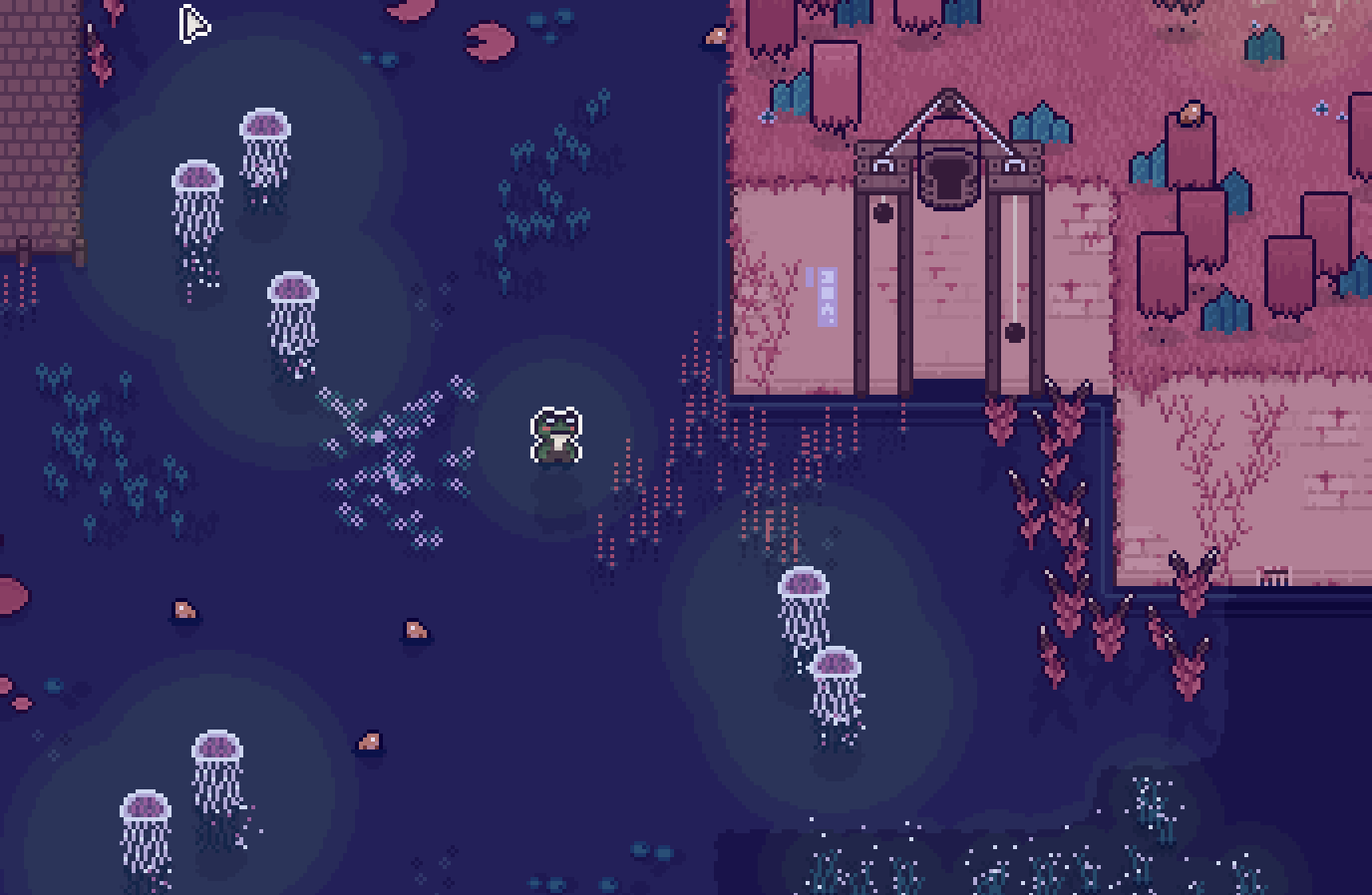
Once the playtest is over it'll just be some last little bits to tweak and any changes to make and it'll be ready to release! Crazy to think it'll be my second published game. If you haven't already be sure to give it a wishlist! You can also check out the demo still:
https://store.steampowered.com/app/2355150/Mudborne/
[hr][/hr]
As for 2025, I'm not sure yet what I'll be doing! The only thing I do know is Mudborne will be released this year, which is very exciting, I just can't say when yet.
After that, I'm not sure - I'll need a long break that's for certain. I'd like to start working on Snacktorio proper and get that finished, but it depends on my brothers workload (he still has a 'real' job). He did a lot of the work on the game design of Snacktorio and has a good idea for the levels, so I wouldn't want to really do it without him.
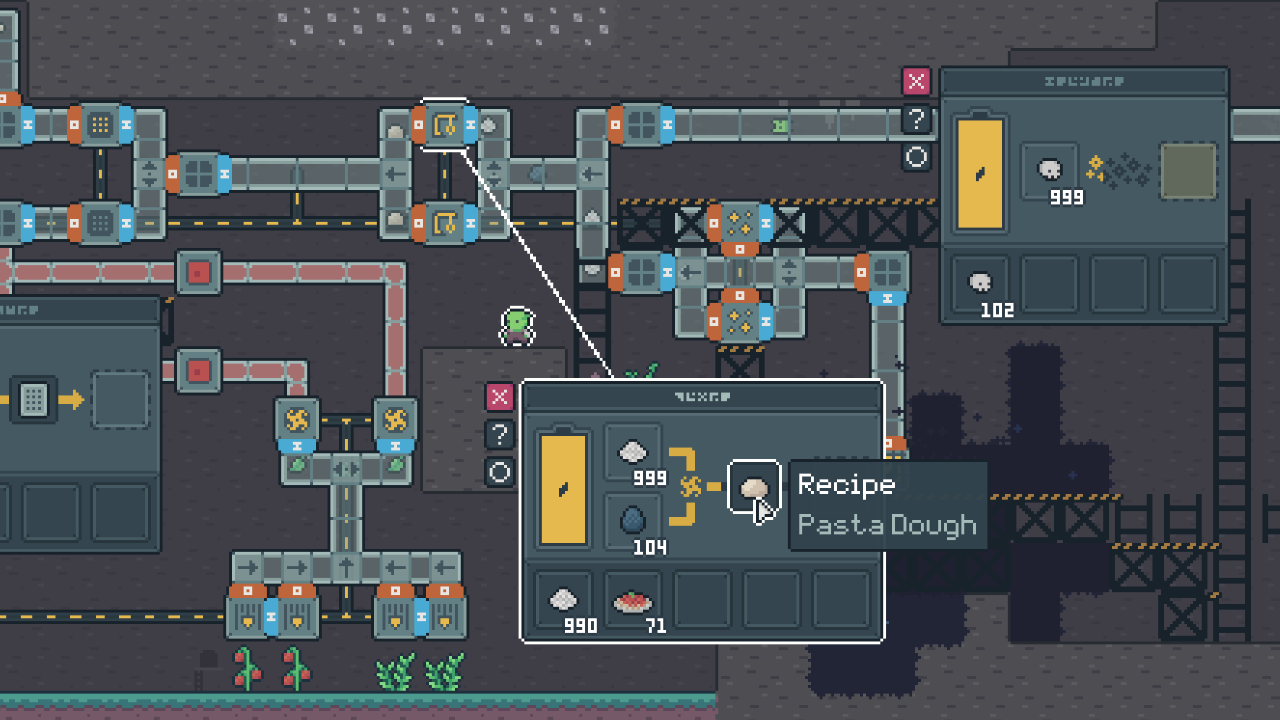
If he is free, then I imagine Snacktorio will get polished off this year, maybe an early 2026 release! If not then I'll just have to work down the list to the next game idea and get started...
A big thank you to everyone who played any of my games in 2024, all of the new APICO players, returning players for the 4.0 update, froggy friends excited for mudborne - without all of you I wouldn't be able to do this and I'm extremely grateful.
Here's to 2025!
~ Ell
Here's a little recap of what I've been up to this past year:
[hr][/hr]
[h2]Personal[/h2]
2024 was the first year of me doing gamedev full-time, for the whole year! It's certainly different to back when I was making APICO on the side of a full-time job (and later freelance work). I feel a lot more pressure that what I make has to be 'good', and by 'good' I mean good enough to pay the rent.

With a lot of APICO's gameplay, I just did what I personally thought would be fun, and the end result is a weird combination of things but those who get it, love it. With Mudborne I've been trying to do the same thing, but I have a lot more worries about certain mechanics or moments that I wouldn't have if it wasn't tied to keeping the lights on.
I can't say I'd ever go back to my old job all the time I can sustain myself making games (the big red date on my whiteboard tells me I have until October 2026 until I run out of money!), but it definitely has been a noticeable change doing art for money instead of hobby.

With APICO done, all the games I'm making are all in my own engine built on top of the LÖVE framework, and it's made things so much quicker to create. At the time of writing Mudborne is very nearly finished up, and it's taken only 8 months in total working full-time on it.
I'd love to get into a place where I can comfortably making a game every year or so, without feeling rushed. I have so many different ideas I'd love to make, and only so much time!

[hr][/hr]
[h2]APICO[/h2]
APICO had it's 3rd and final (sorry) content update, "A Hive Of Industry". This update added a bunch of automation machines, plus a lot of stuff you all asked for, including pets, decoration and a butt-tonne of QoL tweaks.

I've also done a few little bug fix patches here and there which I'm sure gave you all a bit of false hope on new content when the download queued!
It was nice to finally 'finish' up APICO - sometimes I wish I never did any of the content updates but I think looking at it now I'm happy with where it ended up, even if it's still a lil janky and bloated and I think all the art looks wack.

I'd love to come back to it one day, in a seperate game. When I drew up the new credit postcards (above) I had fun invisioning a game where you do go to the mainland and help clean up the environment using your bees. I think it'd be nice to take the same APICO gameplay, streamline some of it and make it all fit better (especially the money making side), and then expand the bees to all have functions in restoring nature.
However I think that'll need to wait a while as I have 2 game children screaming at me to finish, and a bunch of other ideas I want to get started on!
[hr][/hr]
[h2]Synthesis[/h2]
I don't often join gamejams, mostly because of the time limits they have, or I just don't personally have any time - but in 2024 I joined the LÖVE Jam, for games made with the framework.
I was still learning the framework at the time and tinkering with the engine I'd made to create the Snacktorio demo, so I thought it'd be a good opportunity to have a break from the APICO stuff that was getting me down at the time, and learn a bit more of the framework.

I was really happy with the end result - 'Synthesis'. I wanted to make a puzzle game with different modules like what you get with old patch synthesisers. As you mess with the different modules it changes the patterns drawn until you eventually come across the combination needed to match the required shape.
I also made a point not to ever explain any module's function - you just learn through doing very basic levels and then the rest you just learn overtime by doing. I wanted it to feel very experimenty for the player.

It was really fun to put this together! I had 10 days and pretty much used them all. I also did the music for it because I wanted to start practicing music creation for Mudborne, and was interesting in having the music 'evolve' with the puzzle progress.

I think it'd be cool to revisit one day as a 'full' game, as you could have lots of different module types and interactions, and let players connect modules themselves in different orders which then affects the outcome.
If you want to check out the game you can get it over on itch.io here:
https://ellraiser.itch.io/synthesis
[hr][/hr]
[h2]Mudborne[/h2]
Ah Mudborne, my beloved. I've spent what feels like an eternity working on this game, when it's only been 8 months. I think I've stared at frogs more than I have the real world, but I've enjoyed pretty much every part of it.

It's been an interesting process, first I did like concept art for the rough game, and worked on all the individual mechanics - then I worked on the actual world development and story and tied it all together.
After the new demo was finished up, I spent a long time just designing the entire world and how everything connects, then piecing together the story. The writing in this one was definitely a killer as I've never written like a proper big story, let alone one with a few twists and turns.

I wanted something players could piece together themselves, and get clues from all over the place to work out certain things, so there was a lot involved in making sure it all fit together nicely. At the time of writing this I've just finished up all the final dialogue lines, and now it's just a lot of drawing and polish left to go.
I'm planning to do a private playtest in the Discord this month for the first time, so I can try and streamline any tutorialisation stuff and see if I've made things a bit _too_ difficult. I'm pretty confident it's a fun game but it's weird how hard it gets to judge that the longer you work on making the game.

Once the playtest is over it'll just be some last little bits to tweak and any changes to make and it'll be ready to release! Crazy to think it'll be my second published game. If you haven't already be sure to give it a wishlist! You can also check out the demo still:
https://store.steampowered.com/app/2355150/Mudborne/
[hr][/hr]
As for 2025, I'm not sure yet what I'll be doing! The only thing I do know is Mudborne will be released this year, which is very exciting, I just can't say when yet.
After that, I'm not sure - I'll need a long break that's for certain. I'd like to start working on Snacktorio proper and get that finished, but it depends on my brothers workload (he still has a 'real' job). He did a lot of the work on the game design of Snacktorio and has a good idea for the levels, so I wouldn't want to really do it without him.

If he is free, then I imagine Snacktorio will get polished off this year, maybe an early 2026 release! If not then I'll just have to work down the list to the next game idea and get started...
A big thank you to everyone who played any of my games in 2024, all of the new APICO players, returning players for the 4.0 update, froggy friends excited for mudborne - without all of you I wouldn't be able to do this and I'm extremely grateful.
Here's to 2025!
~ Ell





































































